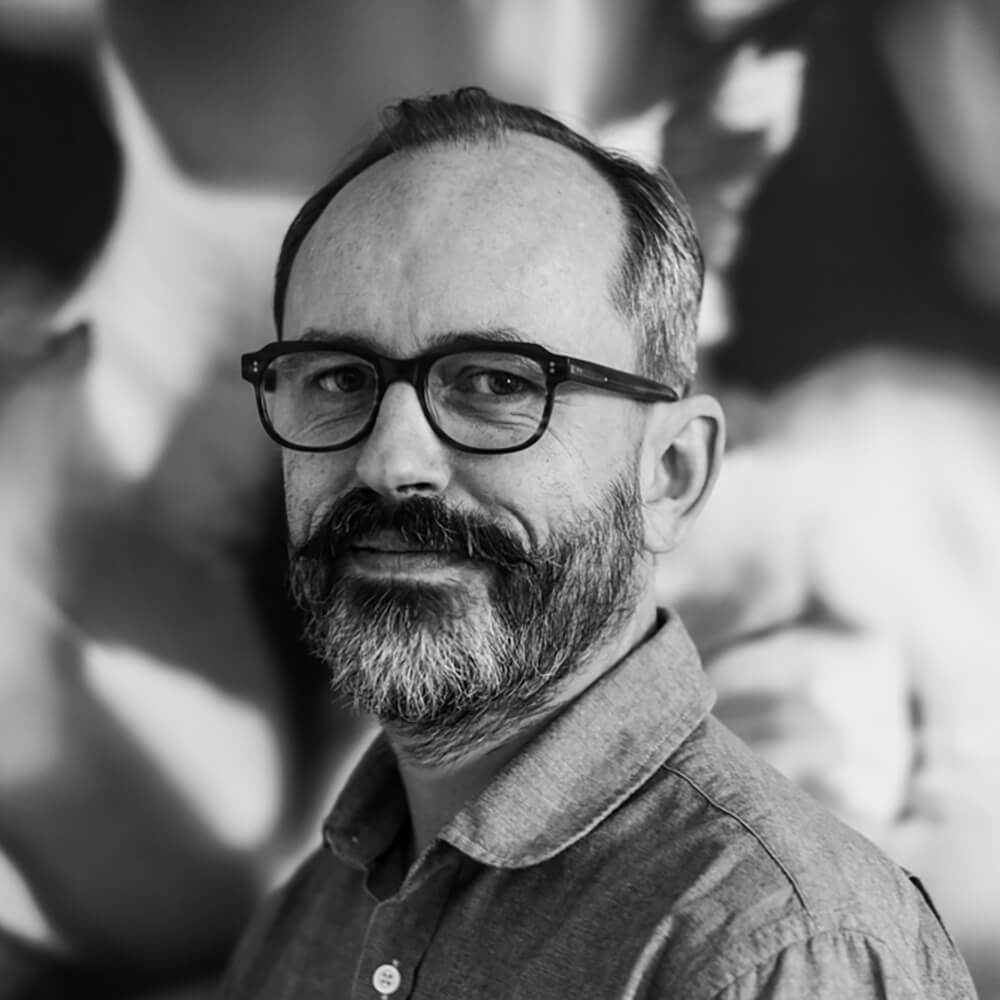As a graduate of the École Nationale Supérieure des Arts Décoratifs in Paris, I found my passion blossoming through studies in graphic design, painting, drawing, printmaking, silkscreen, and photography.
However, upon receiving my diploma, I suppressed my artist's soul and embarked on a career as a designer. For nearly 25 years, I worked tirelessly, forgetting my initial artistic loves.
Swiftly, I achieved success as a designer, thanks to my keen sensitivity. Yet, this success became a bittersweet gift that drained me. Emotions washed over me so intensely that at times, I felt overly attuned to the world around me.
Five years ago, a book opened my eyes and shook me to the core. It was a revelation. I realised I needed to respond. Gradually, my artist's heart reawakened. I purchased the camera of my student dreams—a Leica.
I started wandering, and it did wonders for my soul. Out in nature, I found my place. The landscapes I traversed became as significant as the landscapes within. I observed the world and delved deep within myself, seeking to translate into images how I perceived my surroundings.
My photographic work reveals my distinct sensitivity and attraction to sleek design. My flower portraits, akin to self-portraits, blend blurriness with interplays of light. My urban landscapes capture the sensations of climate catastrophe, depicted in simplified, even abstract compositions.
